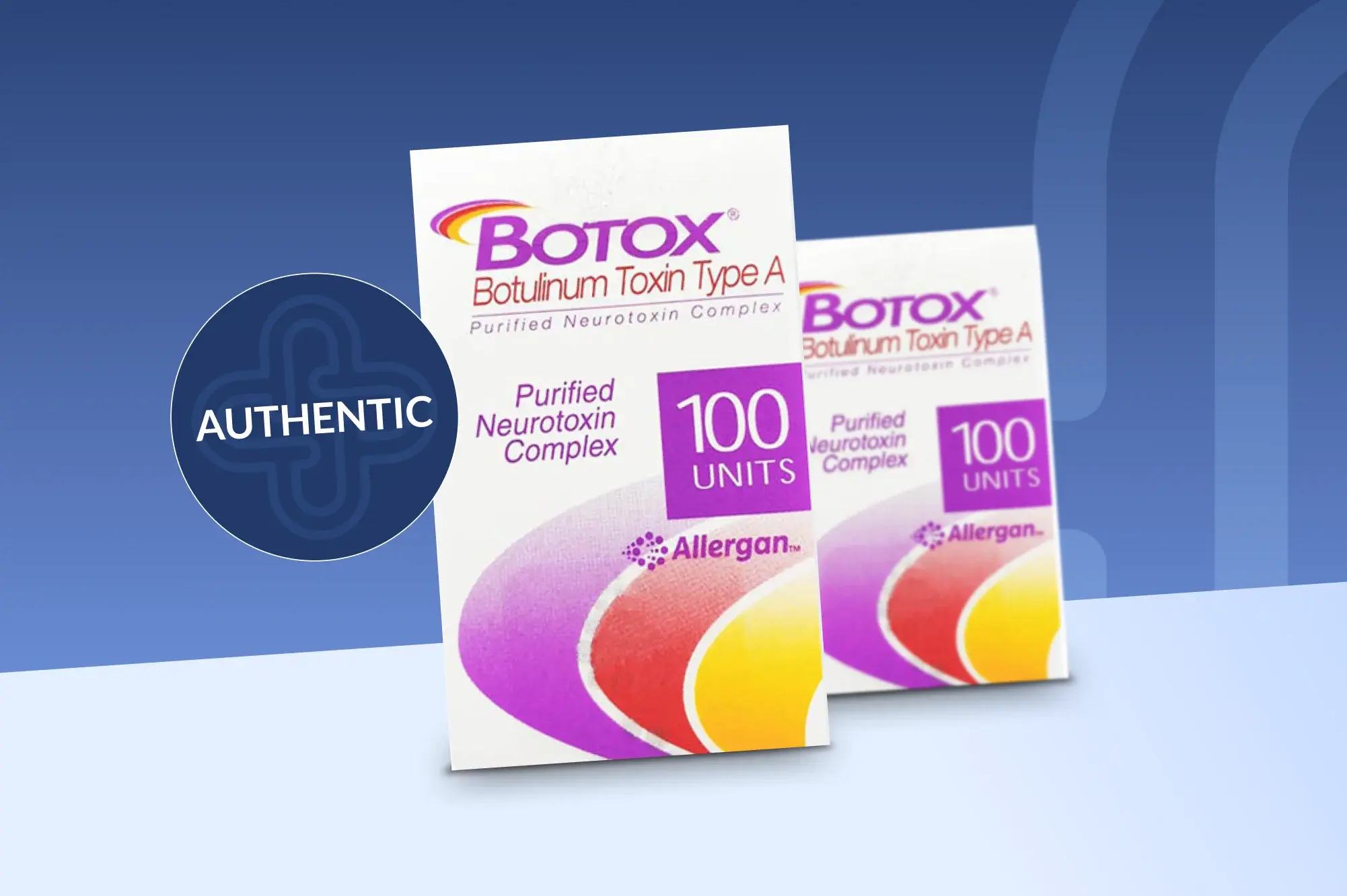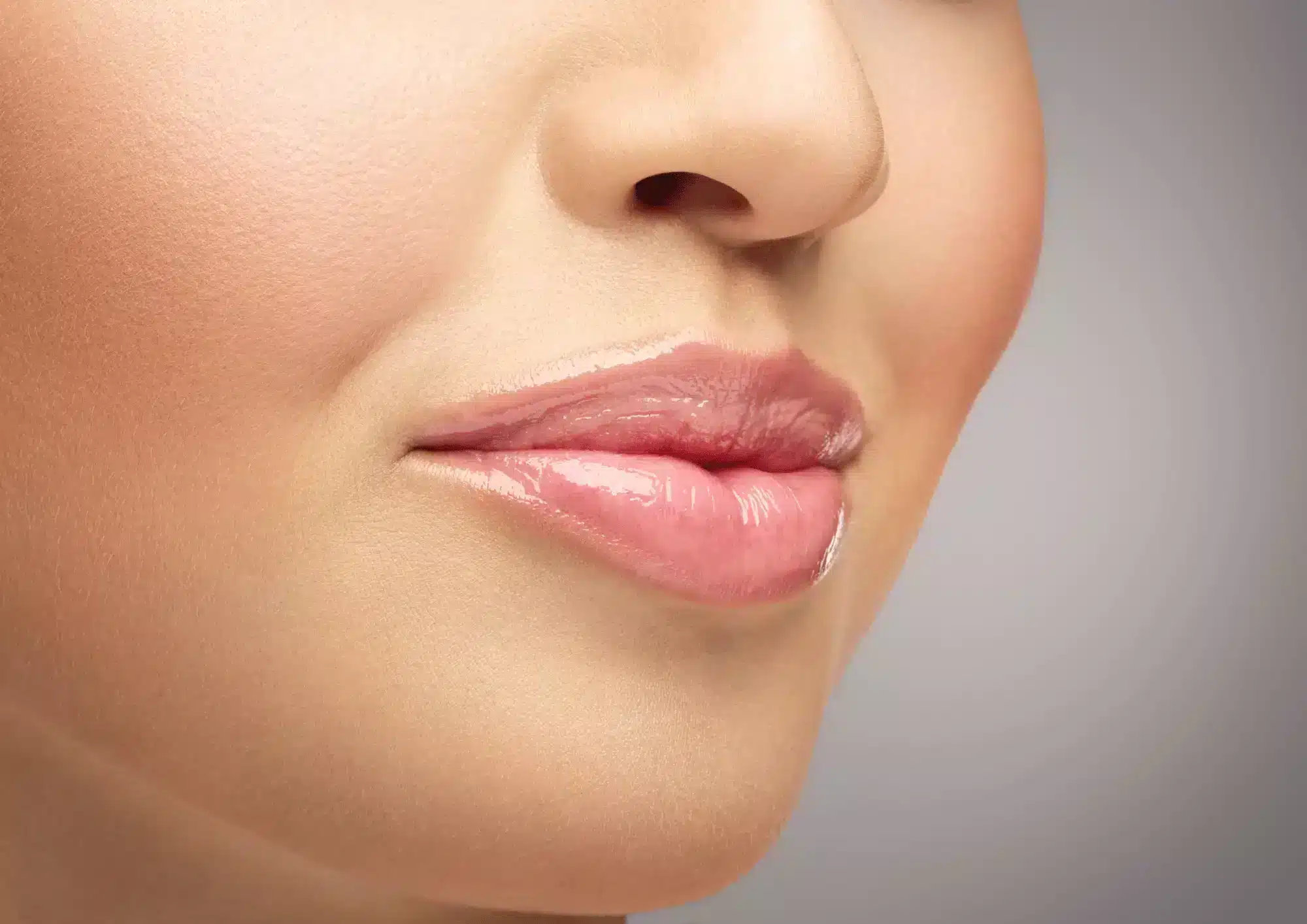Dermal fillers are cosmetic medical devices that assist with a number of skin imperfections, including facial scars. The most popular dermal fillers are made of hyaluronic acid, a naturally-occurring substance that is found in the human body, including in the skin. Hyaluronic acid depletes as the skin ages, causing sagging and the formation of lines, wrinkles, and folds, particularly in the face. Once injected into the soft tissue, dermal fillers provide an instant volumizing effect, plumping up the skin and smoothing out depressed areas for fresher, more radiant looking skin. Dermal fillers work to fade the appearance of scar in the same way they help lines and wrinkles—they add volume to areas within the skin that are sunken, making the scar even with the surrounding skin and thereby making it less apparent.
Can I get rid of my scars with dermal fillers?
Just as dermal fillers can help treat a number of different cosmetic issues, they can also help with different types of scars.
Dermal fillers and acne scars
The most common kind of scar that patients seek to treat with dermal fillers are acne scars. While acne is an inflammatory disease that typically afflicts people during puberty, some individuals have to deal with it in adulthood. Regardless of the age a person suffers from it, there is always a risk of scarring being left behind from flare ups. There are 2 different categorizations of acne scars, and dermal fillers work better on some types of scars over others. Acne scars are either considered atrophic or hypertrophic, and within those distinctions there are icepick scars, rolling scars, and boxcar scars, which are all atrophic scars. Keloids and hypertrophic are both considered hypertrophic. Icepick scars are deep and narrow, while rolling scars are larger indentation, and boxcar scars are depressions that look similar to the scars left by chicken pox. Dermal fillers are particularly helpful for rolling scars and boxcar scars. Other acne scars can be treated with fillers as well, though best results will occur when dermal fillers are used in combination with other treatments.
Dermal fillers and chicken pox scars
Chicken pox scars can also be improved after treatment with dermal fillers. Chicken pox scars can look very different by scar, and dermal fillers work best on the scars that appear to be sunken. The appearance of the scar is improved once the dermal filler is injected and the skin is smooth and even. While injections will help to raise the scar, they will likely not help with discoloration, so a combination of treatments may be required to further eliminate the appearance of the scar, depending on its initial appearance.
What can I expect from a dermal filler treatment for scars?
To begin the procedure to use dermal fillers to treat scars, the first step will involve a consultation with a licensed and experienced medical professional. During an injection session, an aesthetic may first be applied to the area of treatment, and then the doctor will inject the filler solution using a fine needle. They will inject the filler into all areas where scars appear. Depending on the severity of the scars, multiple treatment sessions may be required, and some doctors may suggest other treatments in combination with the filler injections, such as chemical peels. Depending on the filler used, continued improvement may occur in the few months following treatment, and some results can last up to two years.
Costs
There are many factors that can determine the price of treating acne scars with dermal fillers, including the brand and product being used, the doctor you visit, and the location you are getting treatments. Depending on the scarring, patients may also be required to undergo ongoing treatment sessions, as the most popular hyaluronic acid dermal fillers are only temporary. There are also semi-permanent and permanent filler options that are made of different materials that will results in longer lasting effects. On average, 1 treatment session with dermal fillers could cost between $570 and $900 depending on the filler.
Are there are side effects?
These products have undergone scientific testing and clinical research to ensure the safety of the filler. However, there are some mild side effects and risks associated with the use of soft tissue fillers.
Mild side effects are temporary and will typically resolve themselves within a few days. These effects include:
• Bruising;
• Redness;
• Inflammation at injection site;
• Bumps under the skin;
• Itchiness;
• Rash.
Though rare, there are some more serious risks that are listed for dermal fillers. These risks include:
• Anaphylactic shock;
• Permanent nodules;
• Vision issues;
• Stroke.
There are also some dermal filler contraindications. Patients who have a history of allergy or hypersensitivity to any ingredients, and individuals with bleeding disorders should not receive treatment with dermal fillers. Individuals who are pregnant or breastfeeding should also avoid treatment with dermal fillers for scars, as the safety profile in these circumstances has not been established.
Which cosmetic fillers work best on scars?
There are 3 classifications of dermal fillers that may be used on scar: temporary, semi-permanent, and permanent. Temporary fillers are biodegradable and typically made of hyaluronic acid, and are the most popular dermal fillers. Semi-permanent dermal fillers are biodegradable but break down over a much longer period of time. They are typically made of materials that help stimulate biological processes, such as poly-L-lactic acid or calcium hydroxylapatite. Permanent fillers are the longest lasting fillers, and are made of materials that are not biodegradable, like silicone.








